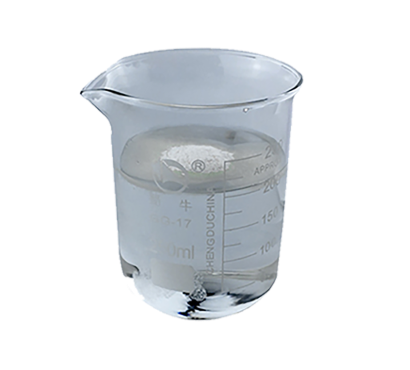
sep . 25, 2024 22:49 Back to list
hpmc viscosity
Understanding HPMC Viscosity Properties, Applications, and Importance
Hydroxypropyl methylcellulose (HPMC) is a widely used cellulose derivative renowned for its remarkable viscosity characteristics. Viscosity is a critical property that determines how a substance flows and behaves in various applications. In this article, we will explore the significance of HPMC viscosity, its properties, and the numerous applications it serves across different industries.
HPMC is synthesized by modifying cellulose, which is a natural polymer derived from plant matter. The modifications involve the addition of hydroxypropyl and methoxy groups, which enhance the solubility and viscosity of the cellulose. The viscosity of HPMC can vary significantly depending on the degree of polymerization, the ratio of hydroxypropyl to methyl groups, and the concentration of the solution. Generally, HPMC solutions exhibit a pseudoplastic behavior, meaning their viscosity decreases under shear stress. This property is particularly advantageous in applications that involve mixing, pumping, or spraying, as it allows for easy handling and processing.
Understanding HPMC Viscosity Properties, Applications, and Importance
The unique viscosity properties of HPMC make it highly valuable in various fields. In the pharmaceutical industry, HPMC is commonly used as a binding agent in tablet formulations and as a thickener in topical ointments. Its viscosity characteristics help ensure uniform distribution and release of active pharmaceutical ingredients, which is crucial for the efficacy of the medication.
hpmc viscosity

In the construction industry, HPMC is employed as an additive in cement and gypsum-based products. Its ability to enhance the workability and extend the open time of mortars makes it a preferred choice for manufacturers. Additionally, it aids in improving adhesion and flexibility, thus optimizing the performance of construction materials.
In the food industry, HPMC serves as a thickener, stabilizer, and emulsifier. It is often used in sauces, dressings, and bakery products due to its ability to provide desirable texture and mouthfeel, while also improving product shelf-life.
Furthermore, HPMC's viscosity properties are harnessed in cosmetics and personal care products, where it acts as a thickening agent in creams, lotions, and gels. It helps achieve an appealing consistency while ensuring product stability.
In conclusion, HPMC viscosity plays a pivotal role in various applications across multiple industries. Its unique properties, influenced by molecular weight and modification levels, allow it to function effectively as a thickener, stabilizer, and binder. As consumer demands for high-performance products continue to rise, the importance of HPMC and its viscosity characteristics will undoubtedly grow, making it a key ingredient in many formulations. Whether it’s improving the efficacy of pharmaceuticals, enhancing the texture of food products, or ensuring the quality of construction materials, HPMC viscosity is a fundamental property that significantly contributes to the success of numerous applications.
-
Unlocking the Benefits of HPMC Products: A Gateway to Versatile Applications
NewsAug.07,2025
-
Unleashing the Potential of HPMC Ashland: A Comprehensive Look
NewsAug.07,2025
-
Tile Bonding Cellulose: The Key to Superior Adhesion and Durability
NewsAug.07,2025
-
Hydroxypropyl Methylcellulose Powder: The Versatile Component in Modern Pharmaceuticals
NewsAug.07,2025
-
Hydroxyethyl Cellulose: The Versatile Solution for Various Industries
NewsAug.07,2025
-
Hydroxyethyl Cellulose (HEC): The Versatile Polymer for Various Applications
NewsAug.07,2025







